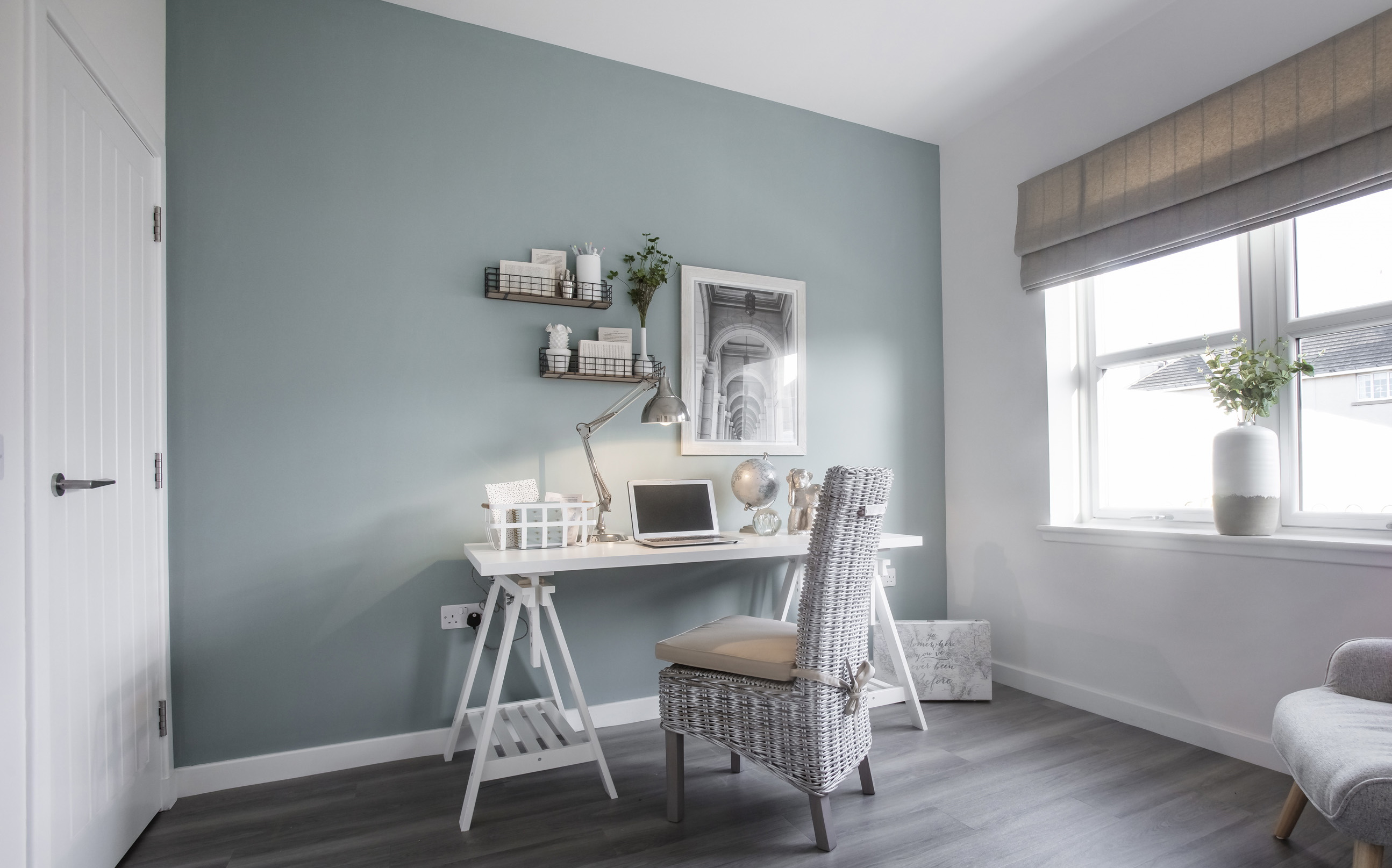How to work in a small space

Many people hoped the dawn of 2021 meant last year’s COVID-related hardships were behind us, but January is proving to be extraordinarily difficult for many working-age adults. Once again, we’ve been instructed to work from home unless unavoidable, but how can you be productive if your home isn’t big enough to support a dedicated office?
As it happens, it’s possible to work from home in a space little larger than the footprint of an office chair. And while the suggestions below aren’t the last word in comfort or creative inspiration, they’ll allow you to honour work commitments during these uniquely difficult times, even if your current home could best be described as bijou…
Location
If you don’t have a spare room or an insulated and powered outbuilding, look for nooks and crannies which could temporarily house a repurposed dressing table. Breakfast bars rarely permit seats with the necessary lumbar and elbow support, though dining tables can be pressed into emergency service. Try to avoid sitting beside front-facing windows, where the distractions of the street might prove hard to ignore. Also ensure your webcam isn’t capturing a child’s bedroom or dirty pots in the kitchen sink – not an ideal backdrop during a video call.
Furniture
Put aside any thoughts of ornate mahogany desks or padded Chesterfield chairs; working in a small space requires minimalist furnishings. Consider folding chairs with back support and armrests, which can be stored in a cupboard outside working hours, or compact office chairs whose castors will roll beneath a compact desk or workstation. Folding desks can be bought for less than £50, offering a collapsible worktop with a negligible footprint when not in use. A desk measuring just two square feet should accommodate a keyboard, monitor and mouse.
Hardware
If your budget allows, look for space-saving machines like all-in-one PCs. Cable-free laptops are great for tiny spaces, and high-end tablets like the Microsoft Surface Pro effectively pack PC power into a device that fits in a drawer at night. Solid state storage means tablets can work on their side or propped up at jaunty angles, unlike the spinning hard drives of tower PCs. Cloud-hosted storage provides limitless backups for every file and folder in the event of hardware failure, while cloud-hosted productivity tools take up no room at all.
Practicality
If your chosen small space isn’t flooded with natural daylight, invest in full spectrum bulbs, which replicate the serotonin-boosting effect of sunshine when inserted into a normal lampshade. Full spectrum lighting is also great for reading by or drawing in, without the retinal burn of some LED desk lamps. Choose vertical storage solutions like stackable in-trays to optimise unused airspace, or mount shelves up the wall to ceiling height to store paperwork and essential hardware like printers.
Focus
It may seem ambitious to work productively from a folding desk on the landing, but it is possible. Firstly, keep distractions like TVs and radios turned off. If you can’t guarantee peace and quiet, invest in noise-cancelling headphones to cut down on ambient background noise. Inform housemates each morning about scheduled video calls, to minimise the risk of them interrupting you in the middle of a virtual meeting. And finally, reduce fatigue by taking regular breaks from your small space, refocusing your eyes and stretching your legs.
Back to Latest Posts




